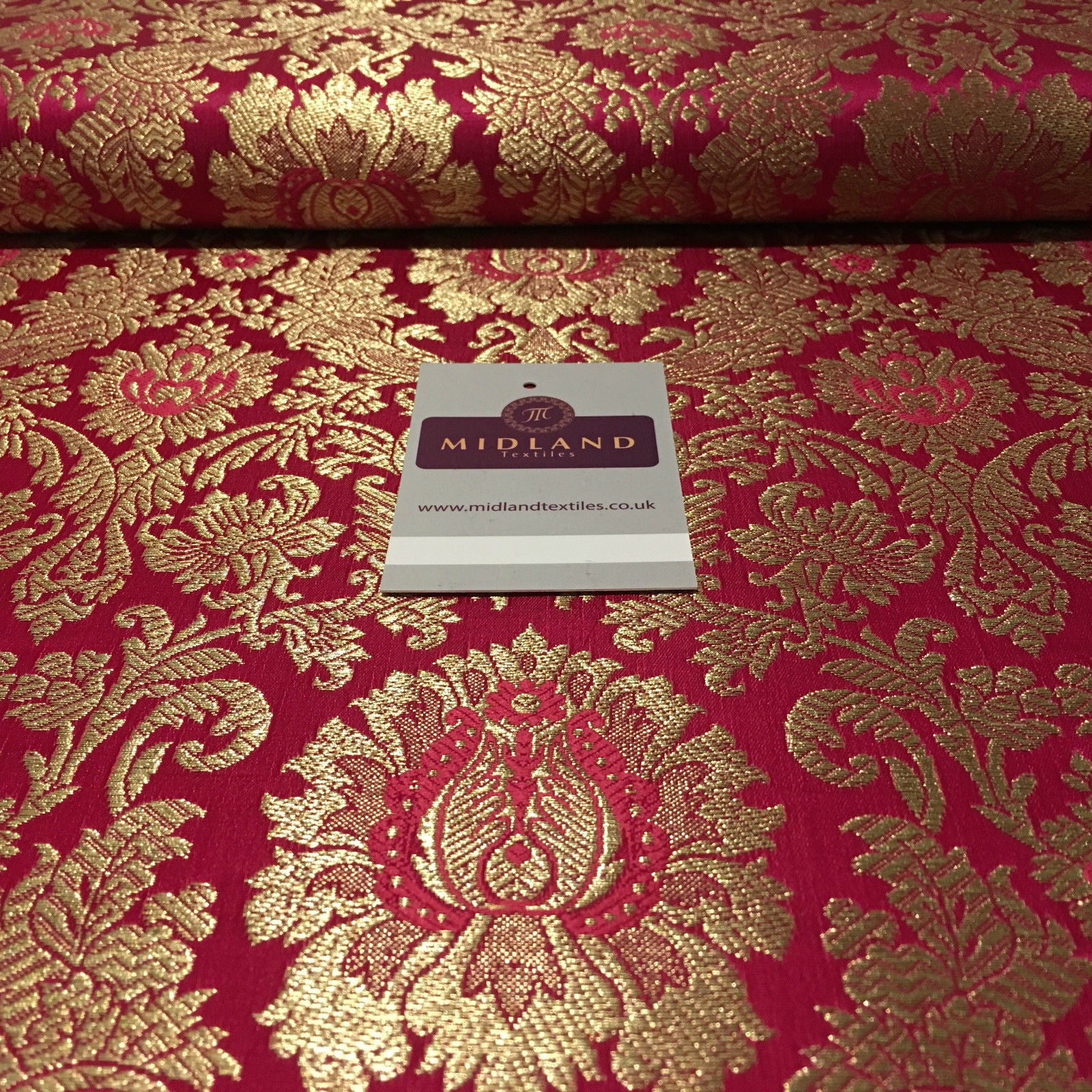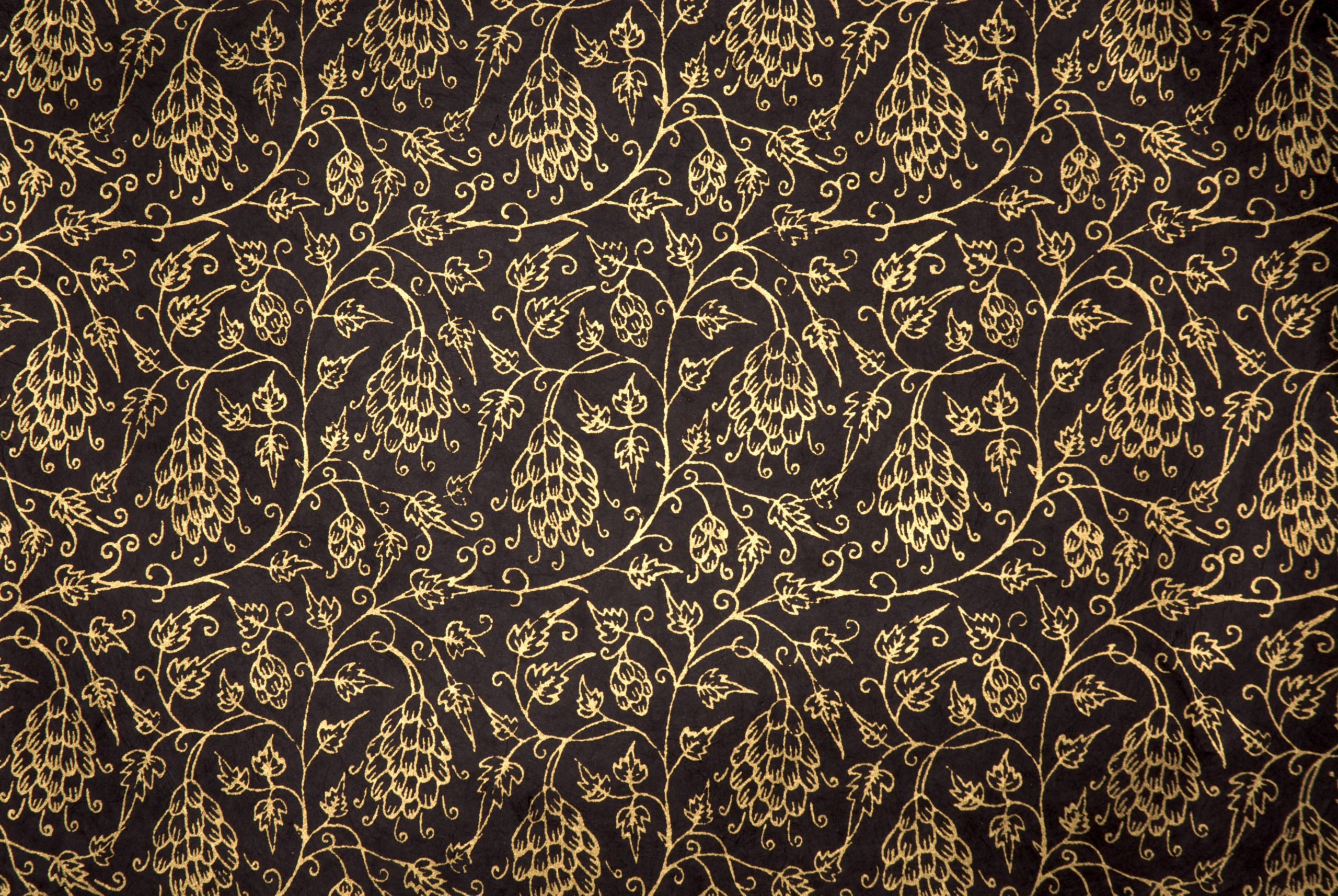

Over the years, knowledge of silk production became known among other cultures and spread westward. During this period, there was no public knowledge of silk fabric production except for that which was kept secret by the Chinese. From the 4th to the 6th centuries, production of silk was seemingly non-existent, as linen and wool were the predominant fabrics. Woven by the Byzantines, brocades were an especially desirable fabric. Songket is a type of brocade in the Malay world.ĭating back to the Middle Ages, brocade fabric was one of the few luxury fabrics worn by nobility throughout China, India, Persia, Greece, Japan, Korea and Byzantium. Several distinct styles of brocade have been developed in China, the most famous being Yunjin (Cloud brocade) of Nanjing, Song brocade of Suzhou, and Shu brocade of Chengdu. Many products of brocade have been found in tombs of the era. The manufacture of brocade began during the Warring States period of China. Artisans worked extremely hard to produce these spectacular works of art. Also, a discontinuous brocade is where the supplementary yarn is only woven in the patterned areas. The yarns are cut away in cutwork and broché. When the weft is floating on the back, this is known as a continuous brocade the supplementary weft runs from selvage to selvage. In some, but not all, brocades, these additions present a distinctive appearance on the back of the material where the supplementary weft or floating threads of the brocaded or broached parts hang in loose groups or are clipped away. Ornamental features in brocade are emphasized and wrought as additions to the main fabric, sometimes stiffening it, though more frequently producing on its face the effect of low relief. In Guatemala, brocade is the most popular technique used to decorate fabric woven by Maya weavers on backstrap looms. The purpose of this is to give the appearance that the weave was actually embroidered on. It is a supplementary weft technique that is, the ornamental brocading is produced by a supplementary, non-structural, weft in addition to the standard weft that holds the warp threads together. īrocade is typically woven on a draw loom. The name, related to the same root as the word " broccoli", comes from Italian broccato meaning "embossed cloth", originally past participle of the verb broccare "to stud, set with nails", from brocco, "small nail", from Latin broccus, "projecting, pointed". Press on the back using the synthetics setting if the fabric has been pre-shrunk, you may steam it.Large Yunjin brocade loom, Nanjing, China, 2010īrocade is a class of richly decorative shuttle-woven fabrics, often made in colored silks and sometimes with gold and silver threads. Unlike its silk cousin, this brocade will not soften when laundered.

Hand washing (30☌/86☏) will cause slight shrinkage and crimping. We recommend dry cleaning this fabric at a reliable dry cleaner.

If you want your final garment to be washable, launder or steam shrink the fabric before cutting. Choose a sturdier lining such as rayon lining or silk satin or silk serge. It is a classic for home decor (pillowcases, tablecloths, curtains) and a go-to for corsets and historical and theatrical costumes.īrocade is easy to sew, just keep in mind its tendency to fray (widen your seam allowance) and propensity for loose threads. Menswear applications include ties and bow ties, vests, blazers, and dinner jackets. In everyday wear it excels in pencil skirts, trousers, or jackets. Use it for formal and wedding gowns, skirts, jackets, and evening bags and clutches. Our brocade is woven of very fine threads (the warp is polyester, the weft rayon) but is sturdy, with a moderately crisp hand, making it a good choice for tailored patterns and garments that have to hold their shape. Historically, brocade has always numbered among prestige fabrics, and that remains true to this day. Its intense colors, effective combination of matte and luster, and tactile surface, put it in a class of its own. This gold and pink brocade is a beautiful, opulent fabric created using the jacquard technique, which makes the production of highly detailed, woven patterns possible.


 0 kommentar(er)
0 kommentar(er)
